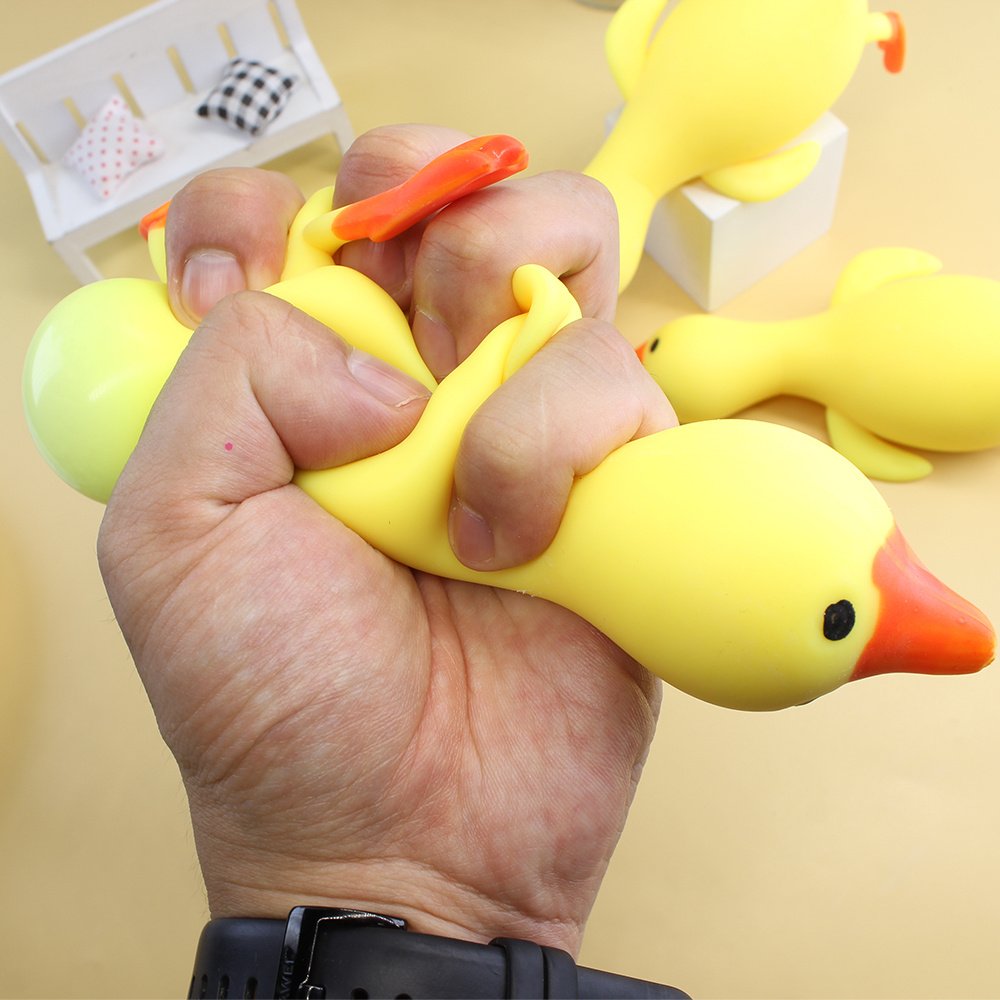Today’s world is fast-paced and overstimulating, which has interestingly increased the demand for squishy sensory toys. These toys are quickly becoming more than just cute desk accessories or kids’ playthings. These soft, squeezable toys have earned a place in classrooms, therapy centres, and even corporate offices for one powerful reason: they help improve focus and reduce anxiety, proving a boon for people who find it hard to focus their thoughts in one direction and are prone to overthinking and anxiety.
Recently many studies are being done in this area(although the number is still not enough) which shows the usefulness of these cute but effective squishy toys, and supports what many parents, teachers, and therapists already experienced—squishy sensory toys help reduce stress, improve focus, and support emotional and physical well-being of kids as well as adults.

What Are Squishy Sensory Toys?
Squishy sensory toys are soft objects made from foam, silicone, or gel that can be squeezed, stretched, and manipulated. They often come in fun shapes like animals, food, or characters and are slow-rising, meaning they return to their original shape after being compressed.
Though they look like novelty toys, their benefits go far beyond entertainment, especially for children and adults with ADHD, autism, sensory processing disorders, or general anxiety.
What the Research Says About Squishy Sensory Toys
1. They Reduce Stress & Anxiety
A 2023 study investigated the effect of fidget toys(of which squishy sensory toys are a type) on social stress among college students, finding that the presence of a fidget toy may have a stress-relieving effect during socially stressful tasks, especially for introverted individuals. This study used physiological measures (such as heart rate) to observe differences between those using and not using a fidget spinner, predicting lower stress responses among those with sensory toys.
2. They Help Improve Focus
A 2021 study investigated the effect of fidget spinners on three second-grade students with ADHD and found large, immediate, and sustained increases in on-task classroom behaviour during fidget spinner use, which is also a sensory toy.
3. They Support Fine Motor Development
The act of squeezing, squashing, and manipulating squishy toys (like stress balls or soft foam objects) engages the small muscles of the hands and fingers, which are central to fine motor skills. This tactile input strengthens hand muscles and improves finger dexterity, which lays the groundwork for skills such as writing, buttoning, and drawing.
4. They Provide Emotional Regulation
Multiple occupational therapy and child development resources state that the tactile input from squeezing squishy toys can help calm the nervous system and support emotional regulation, especially for children with sensory processing differences or autism.
These toys provide a means for self-soothing, helping children—and sometimes adults—manage stress, frustration, or overstimulation through repetitive, calming motion.
Why Kids Love Squishy Sensory Toys
Children are drawn to the soft texture, vibrant colours, and slow-rising motion of squishies. They’re fun to play with, easy to carry, and oddly satisfying! Whether at home, in the car, or at school, squishy sensory toys provide comfort and focus, without screens or noise.
They’re also a great tool during:
- Homework time to reduce restlessness
- Bedtime routines to wind down
- Doctor visits or travel to soothe anxiety
Not Just for Kids: Adults Use Them Too!
Many adults use squishy sensory toys at work or while commuting. Research shows that tactile stimulation can improve emotional regulation and even boost productivity in high-stress situations. Think of them as a healthy alternative to nail-biting or pen-clicking.
Some squishies are even designed to resemble office décor—discreet but effective!
What to Look for in a Quality Squishy Toy
When buying squishy sensory toys, consider the following:
- Material Safety: Always go for BPA-free, non-toxic, and odourless options.
- Durability: Look for tear-resistant and slow-rising foam for long-lasting use.
- Texture: Choose textures based on preferences—smooth for calming, bumpy for stimulation.
- Size & Grip: Make sure the toy fits well in your or your child’s hand.
- Washability: Some squishies are washable, which is ideal for younger kids or therapy settings.
Final Thoughts
Squishy sensory toys may look simple, but science confirms their power. They engage our senses, reduce stress, sharpen focus, and support emotional well-being for both children and adults. Whether you’re a parent managing meltdowns, a teacher trying to improve attention in the classroom, or someone looking to unwind after a long day, squishy toys are a simple, affordable, and effective solution.
